Spider Plants
honeycomb_2010
9 years ago
Related Stories
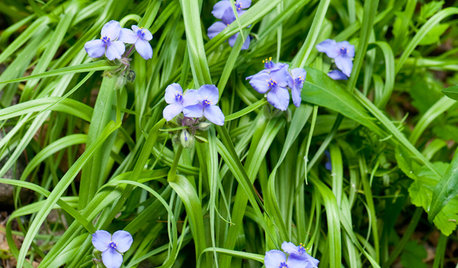
GARDENING GUIDESGreat Design Plant: Tradescantia Ohiensis Adds Shades of Blue
This reliable, adaptable U.S. native provides spider-like foliage and clusters of blue to purple flowers in Eastern gardens each spring
Full Story
DECORATING GUIDESKnot Again! Macrame Is Back
It's happened. A craft that typified 1970s style (the owls, the spider plants!) is back, but better
Full Story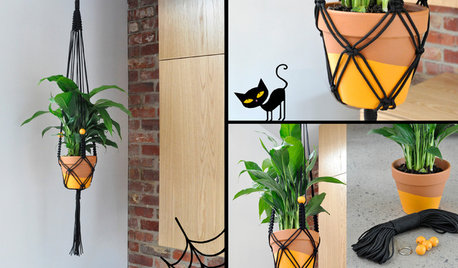
DIY PROJECTSModern Macramé in Halloween Hues
Rope knots aren’t so square with a design that updates the old spider-plant hanger. Here’s how to do it yourself in orange and black
Full Story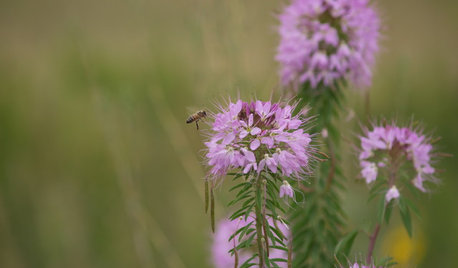
GARDENING GUIDESGreat Design Plant: Cleome Serrulata
Beckon bees and other pollinators in for a drink of nectar from this western U.S. native’s late-summer flowers
Full Story
HOUSEPLANTS8 Essentials for Healthy Indoor Plants
Houseplants add so much to our homes — and can thrive when grown in the right conditions. Keep these tips in mind
Full Story
HOUSEPLANTS10 Top Plants to Grow Indoors
Brighten a room and clean the air with a houseplant that cascades artfully, stretches toward the ceiling or looks great on a wall
Full Story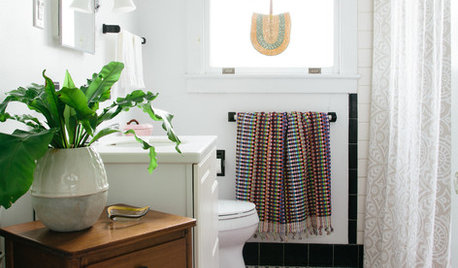
CONTAINER GARDENSFreshen Up the Bath With Lush and Healthy Plants
Learn how to choose and care for plants that will do well in your space
Full Story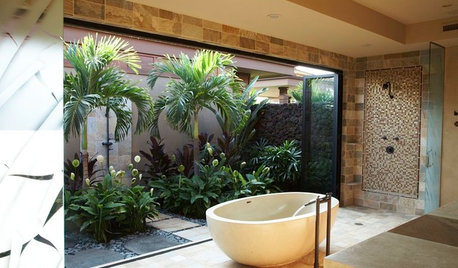

CONTAINER GARDENS8 Easy Container Plants to Grow From Seed
Get beautiful blooms and herbs in summer by starting these choice garden picks from seed in spring
Full Story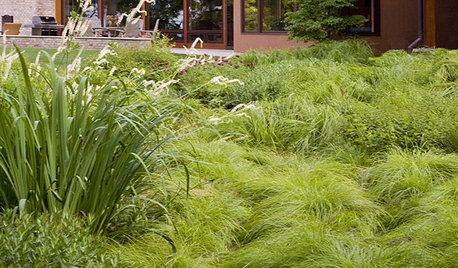
GARDENING GUIDESGreat Design Plant: Carex Sprengelii
Fit for nearly any site, Sprengel’s sedge makes for a low-care, healthy garden
Full Story






tapla (mid-Michigan, USDA z5b-6a)
honeycomb_2010Original Author
Related Professionals
Windham Landscape Architects & Landscape Designers · Palm Springs Landscape Architects & Landscape Designers · Signal Hill Landscape Architects & Landscape Designers · Washington Landscape Architects & Landscape Designers · Stamford Landscape Contractors · Choctaw Landscape Contractors · Coeur d'Alene Landscape Contractors · Hawaii Landscape Contractors · Lyndhurst Landscape Contractors · Oklahoma City Landscape Contractors · South Farmingdale Landscape Contractors · Lauderdale Lakes Landscape Contractors · North Hills Landscape Contractors · Glenbrook Interior Designers & Decorators · Hagerstown Interior Designers & Decoratorsdarcydeuce
honeycomb_2010Original Author
honeycomb_2010Original Author
tapla (mid-Michigan, USDA z5b-6a)
Photo Synthesis
lauraeli_
honeycomb_2010Original Author
Photo Synthesis
Photo Synthesis
pirate_girl
honeycomb_2010Original Author
nomen_nudum